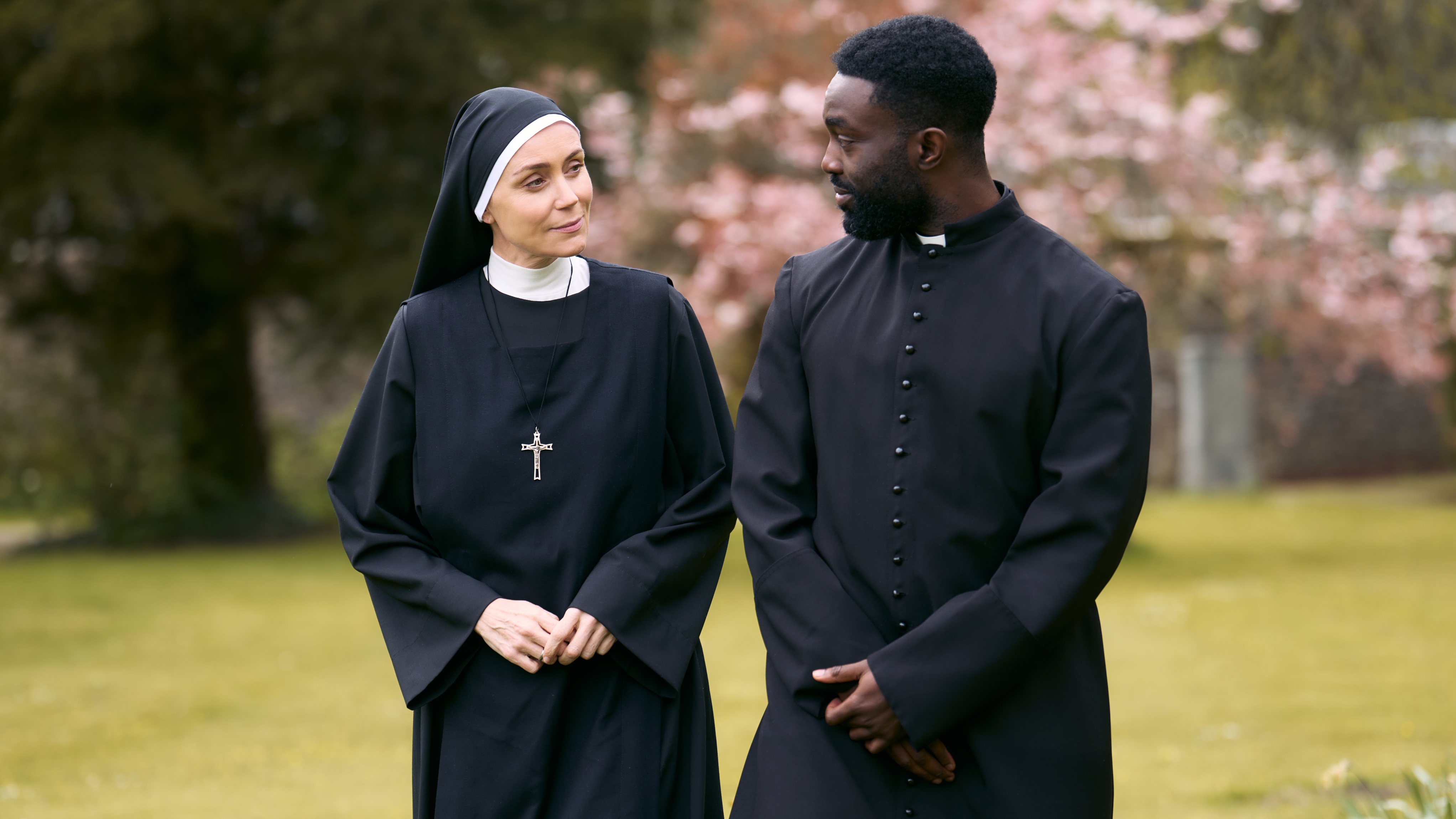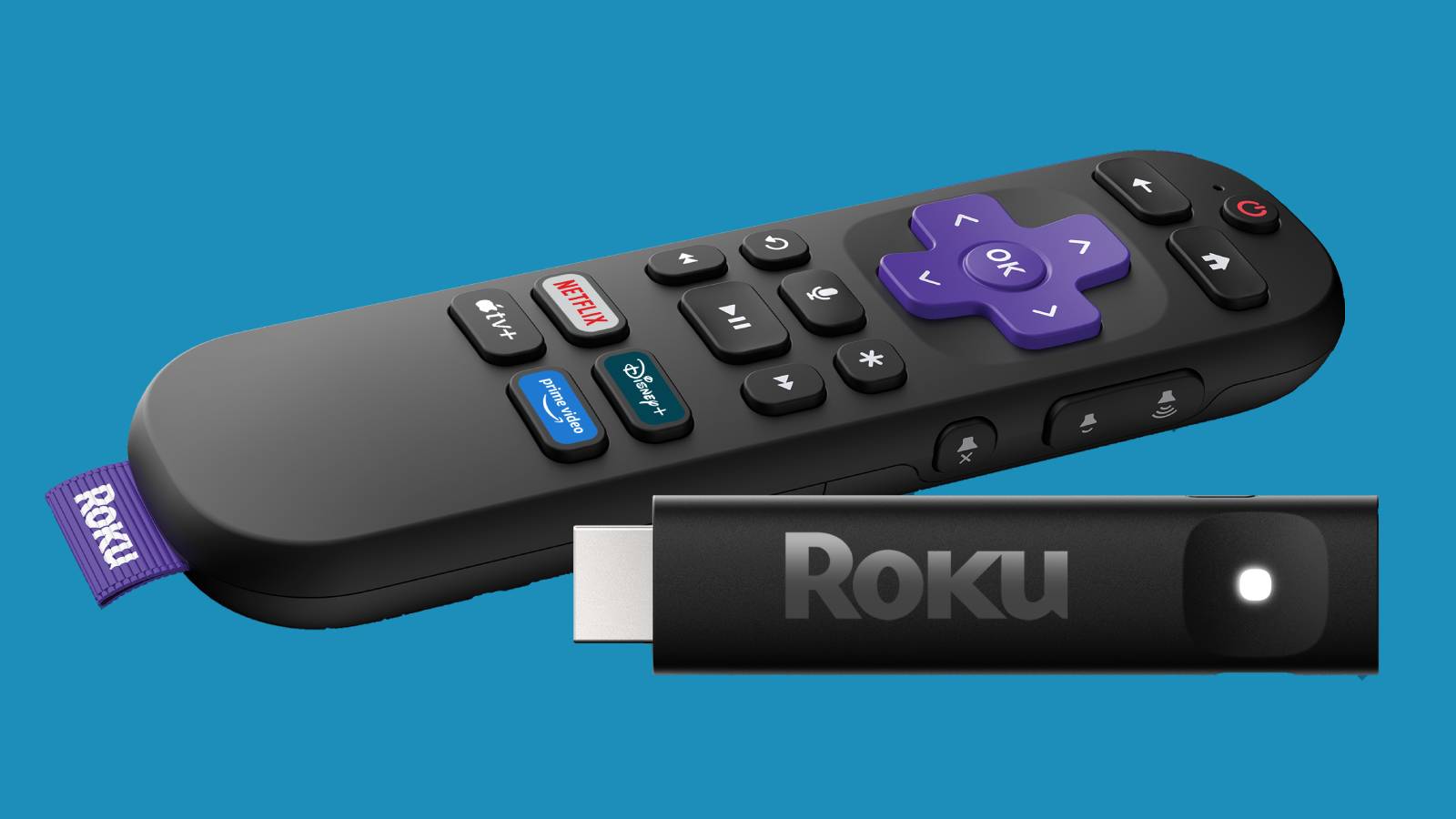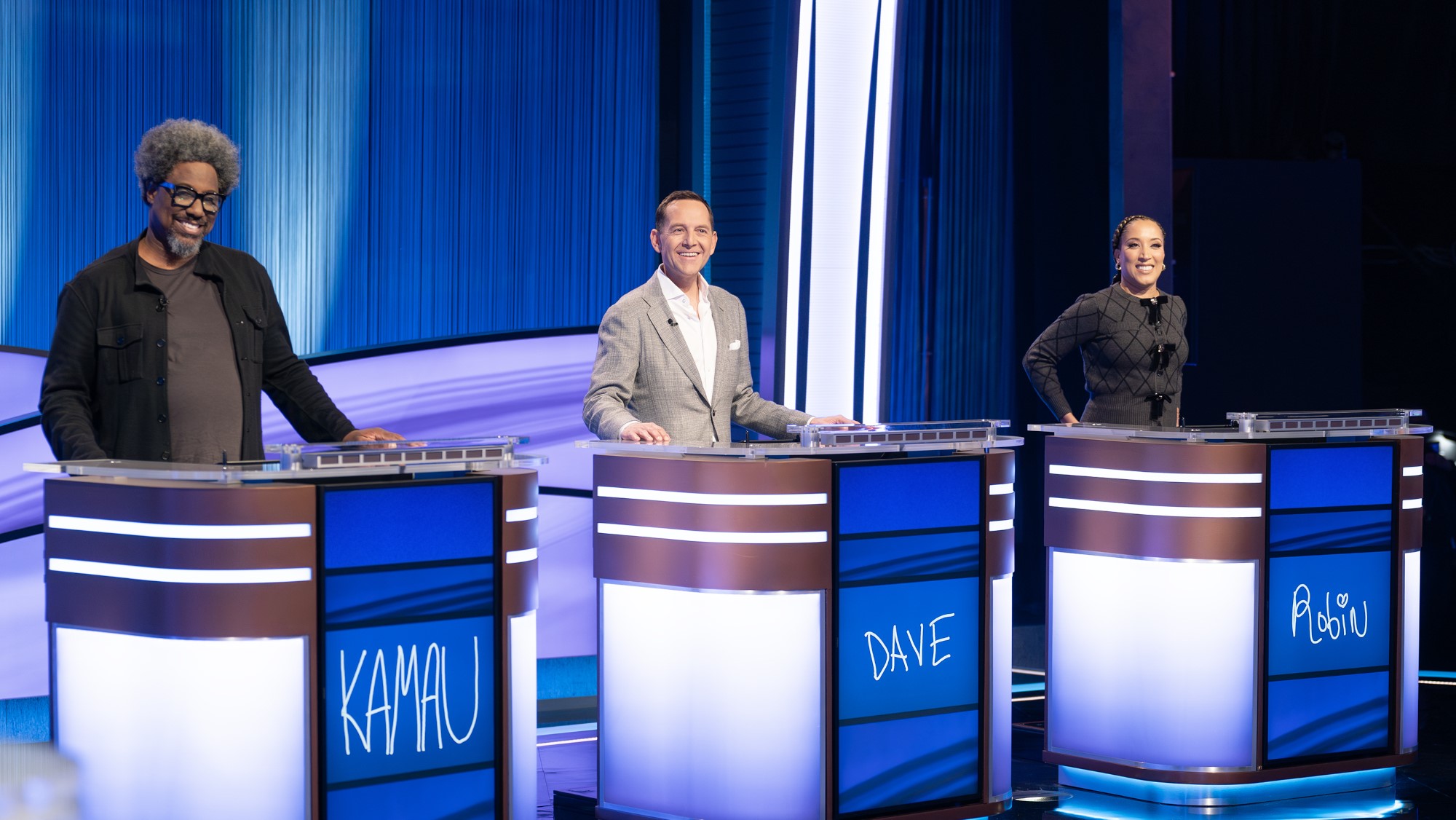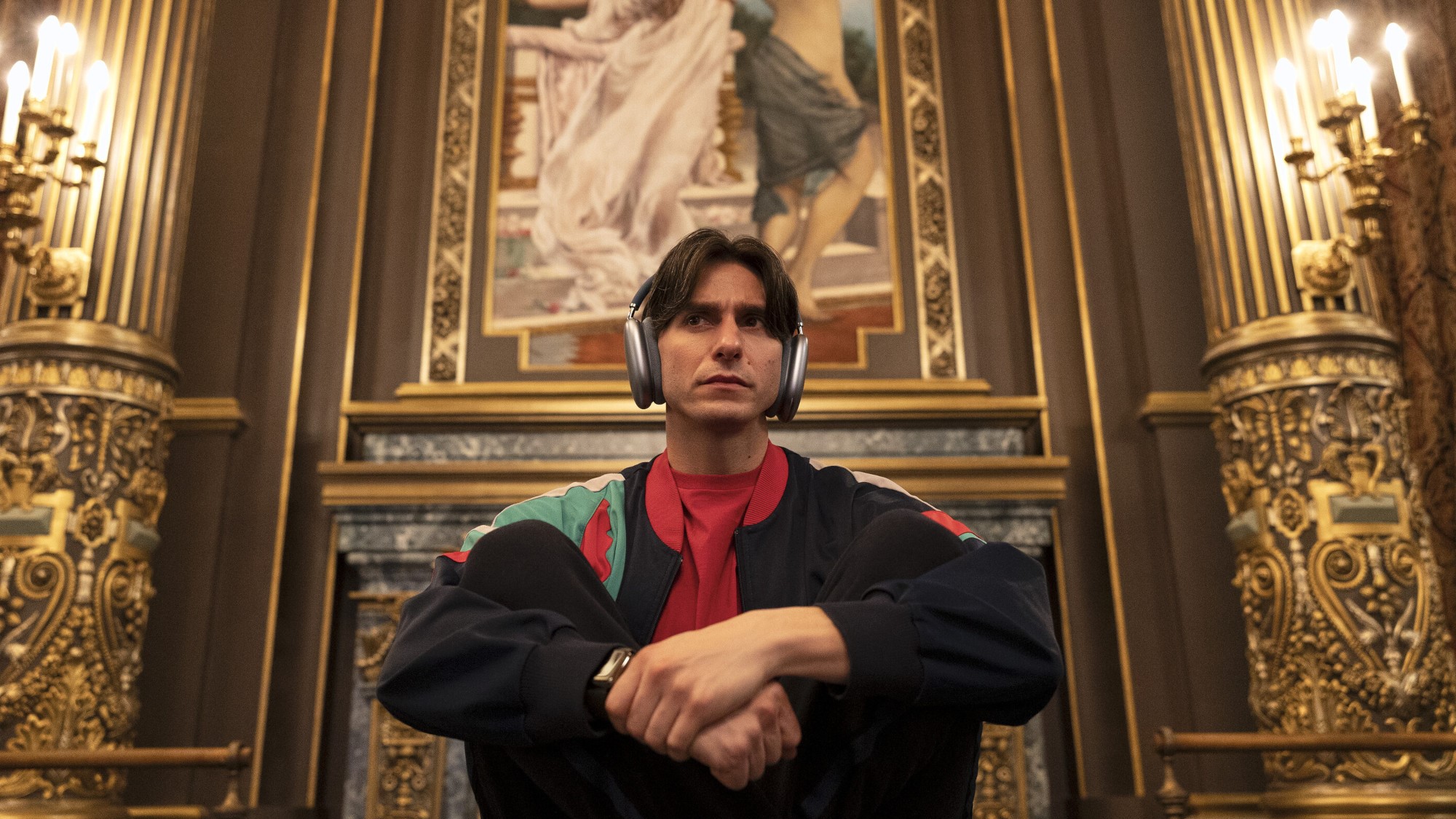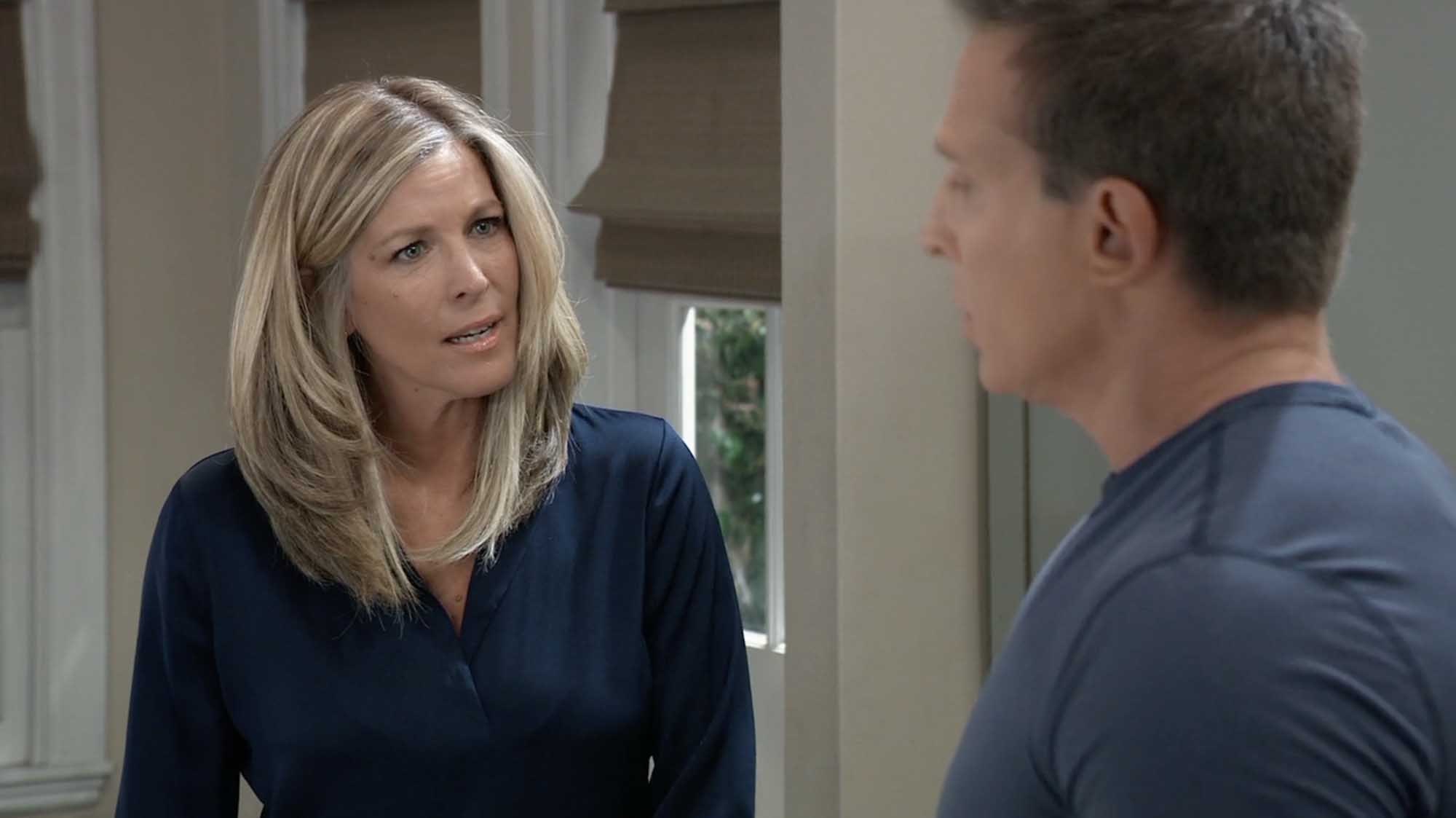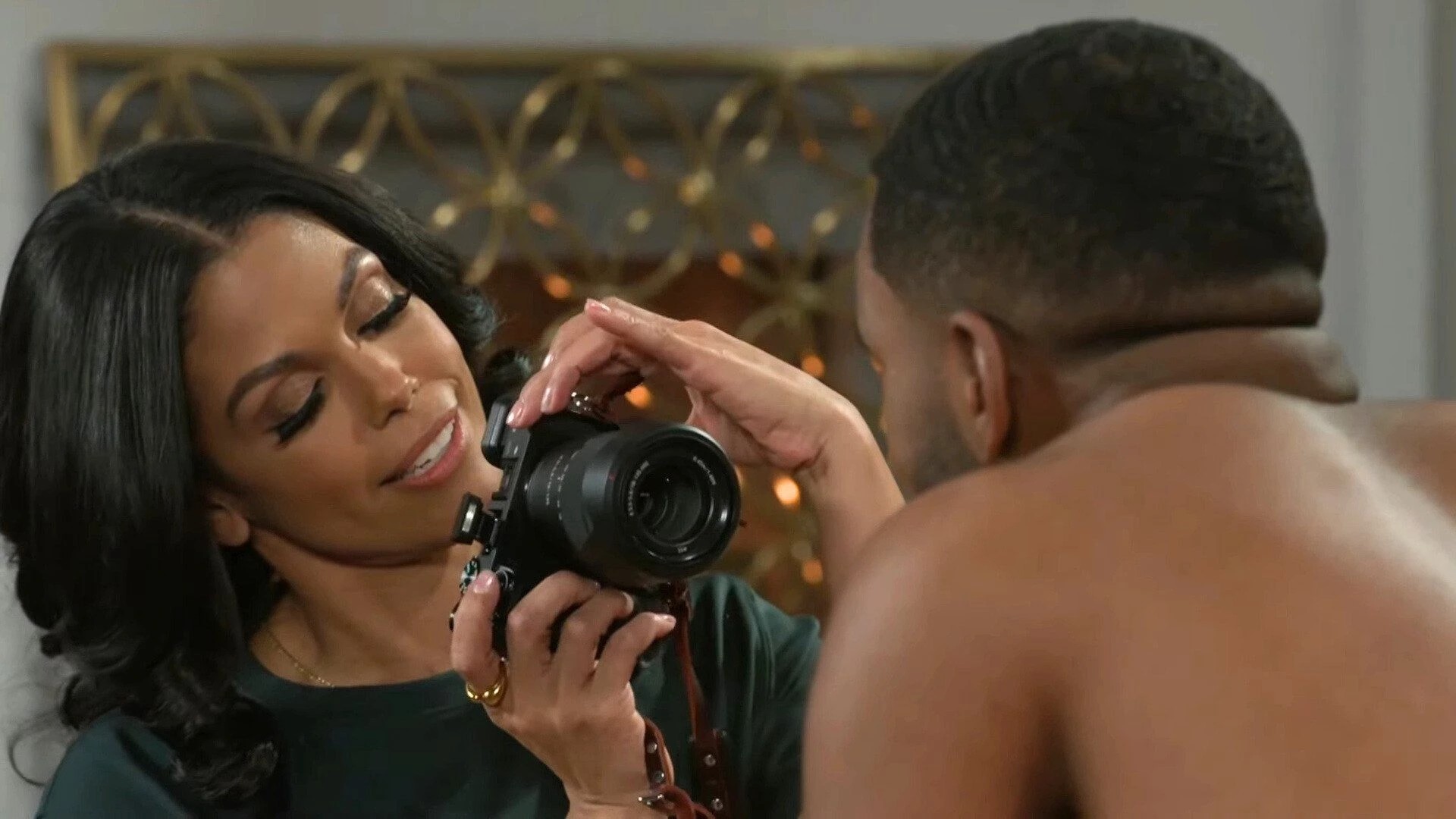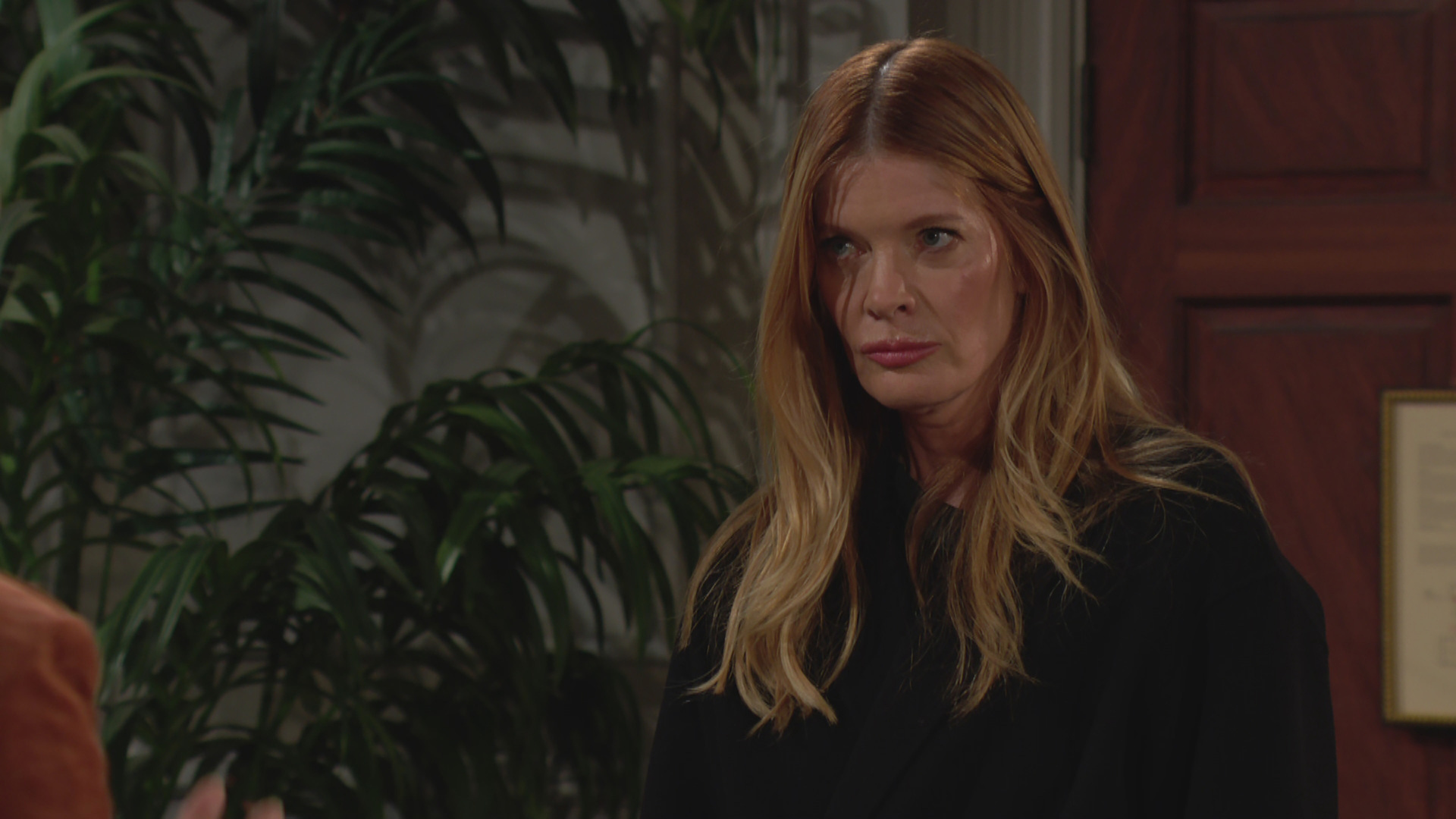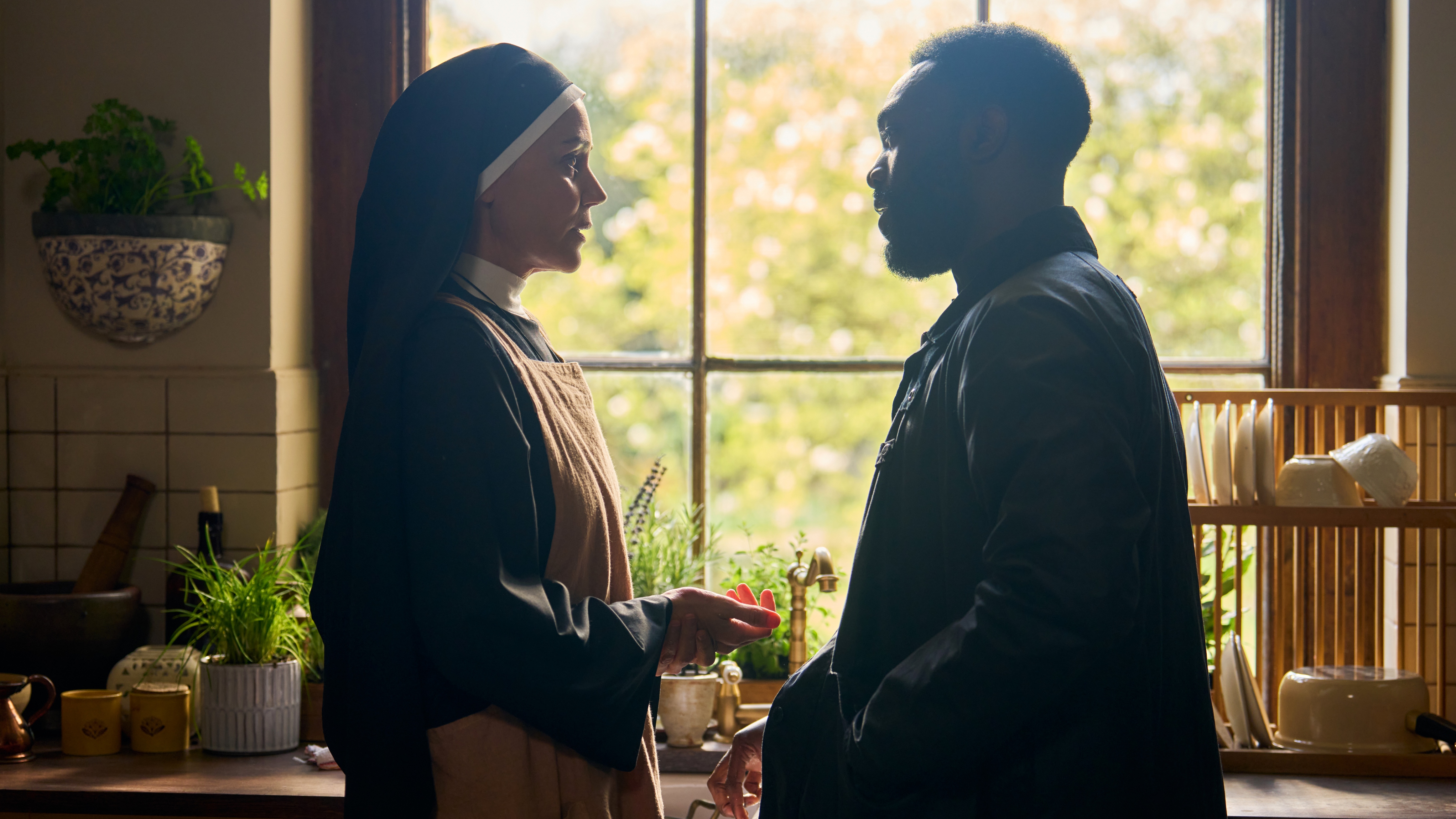Chromecast
The best thing to come out of Google?
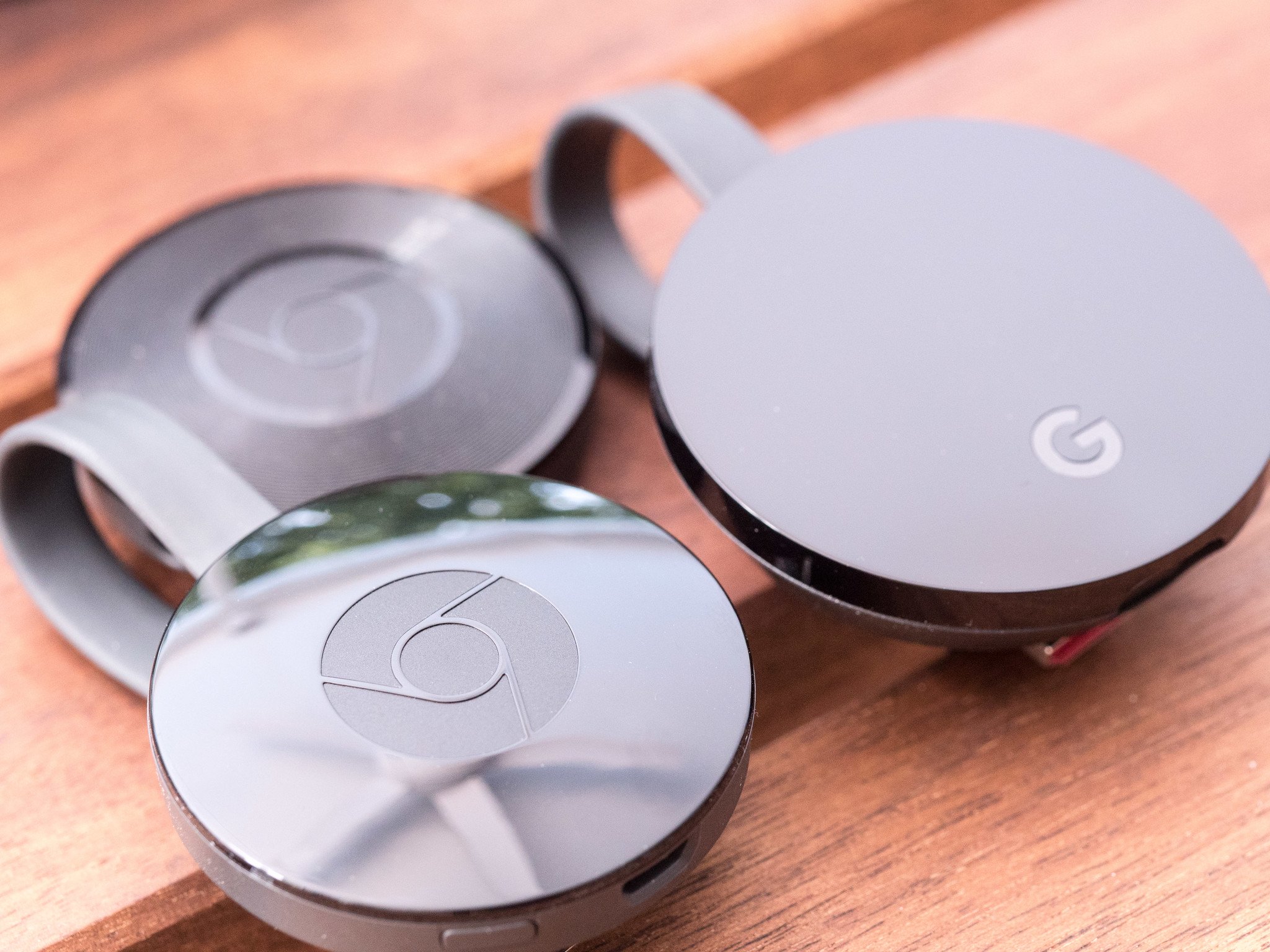
Relatively early in the age of the smartphone we suddenly had a new world of video in our pockets. And that was pretty cool. But how to get that video from those tiny screens up on to the larger (and now downright huge) screen in your home? We've seen cables come and go. There was the failed wireless DLNA standard. (Which I only ever saw actually work on an LG phone, connected to an LG TV, in the LG headquarters building, in Seoul, South Korea.)
Today, things are different. Things work. And they work pretty well. And we largely have Google's Chromecast to thank for it.
What is Chromecast?
Chromecast is a couple things. It is, first and foremost, a piece of hardware. A Chromecast is an HDMI dongle that plugs into a TV and allows you to "Cast" video from a phone or tablet or web browser to your TV.
Then there's the "Google Cast" protocol , which is what makes all this work. It allows developers to extend apps for Android, iOS and Chrome to work with Chromecast. And you read that right — Chromecast works with apps on the iPhone and iPad, as well as with the Chrome browser, in addition to Android apps.
You're not actually playing the video on your phone and displaying it somewhere else. Your phone tells the Chromecast to pull down the video on its on. Chromecast does the heavy lifting, not your phone. That's ultimately a good thing as it'll save the battery on your phone, mitigate heat, and just generally work better.
Which Chromecast should you buy?
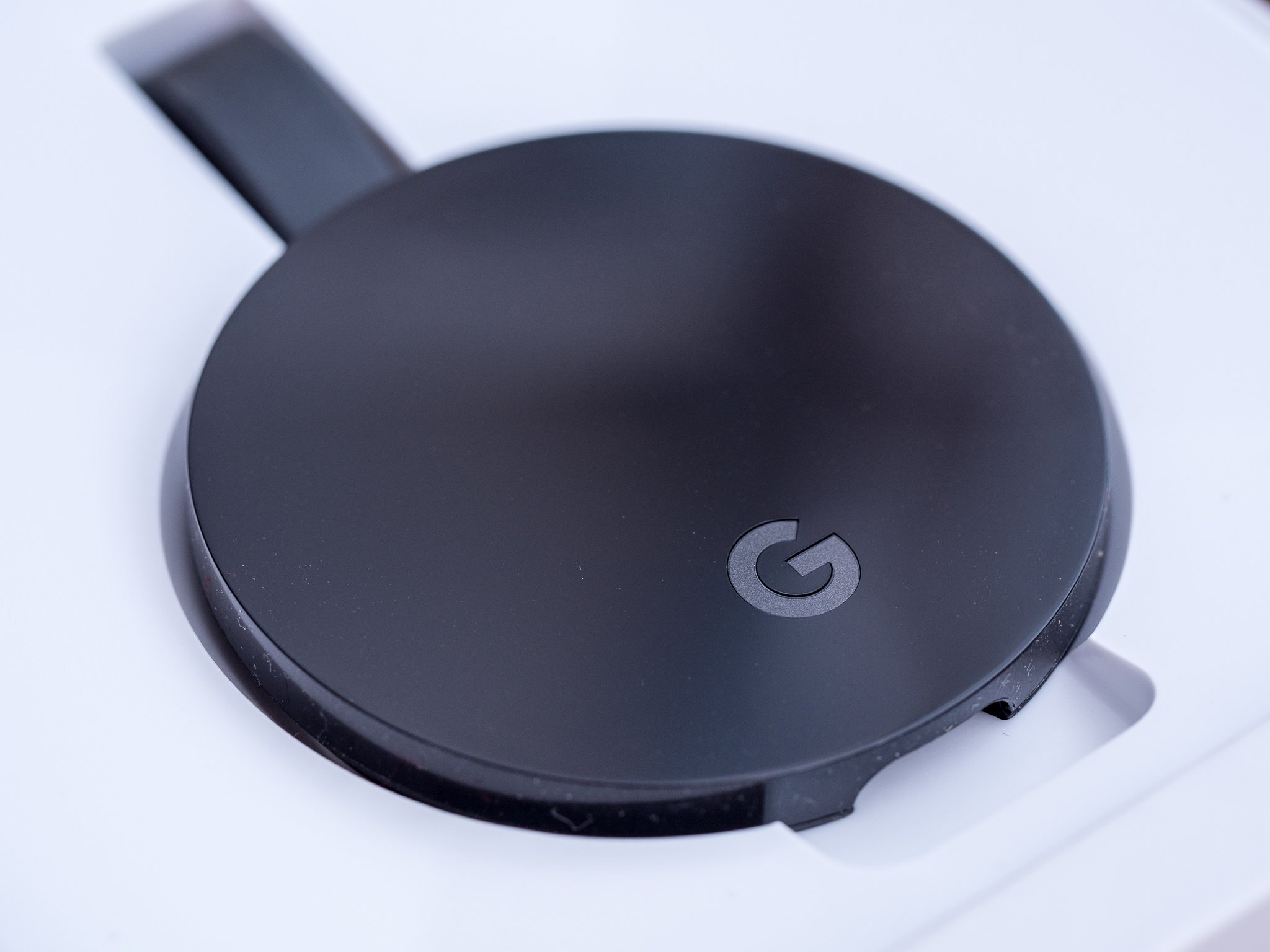
There currently are three types of Chromecast devices, with a fourth on the periphery.
Get the What to Watch Newsletter
The latest updates, reviews and unmissable series to watch and more!
On the video front, there's the dongle simply known as Chromecast. It plugs into your TV through an HDMI connection and handles video up to 1080p. It's a mere $35 and is probably the least expensive and easiest way to get content from a phone or tablet onto a TV.
Then there's the $69 Chromecast Ultra, which does the same thing but also supports content in the 4K resolution.
The third is Chromecast Audio. As the name implies, it's a puck (retailing for $35) that plugs into a "dumb" speaker via a 3.5mm audio jack and uses the same Cast protocol to push music (or other audio) into that otherwise unconnected speaker.
And finally there's Android TV — Google's full build of Android for a large-screen television experience. It's got Chromecast support built in. It's also possible to find a display that doesn't run Android TV but still has Chromecast built in. (Vizio is a big proponent of this, for example, both in its displays as well as in its soundbars.)
So which Chromecast should you get? We'd recommend spending the extra for Chromecast Ultra. Even if you don't have a 4K TV today, you might well in the future. Better to spend a little extra now, then have to spend even more later.
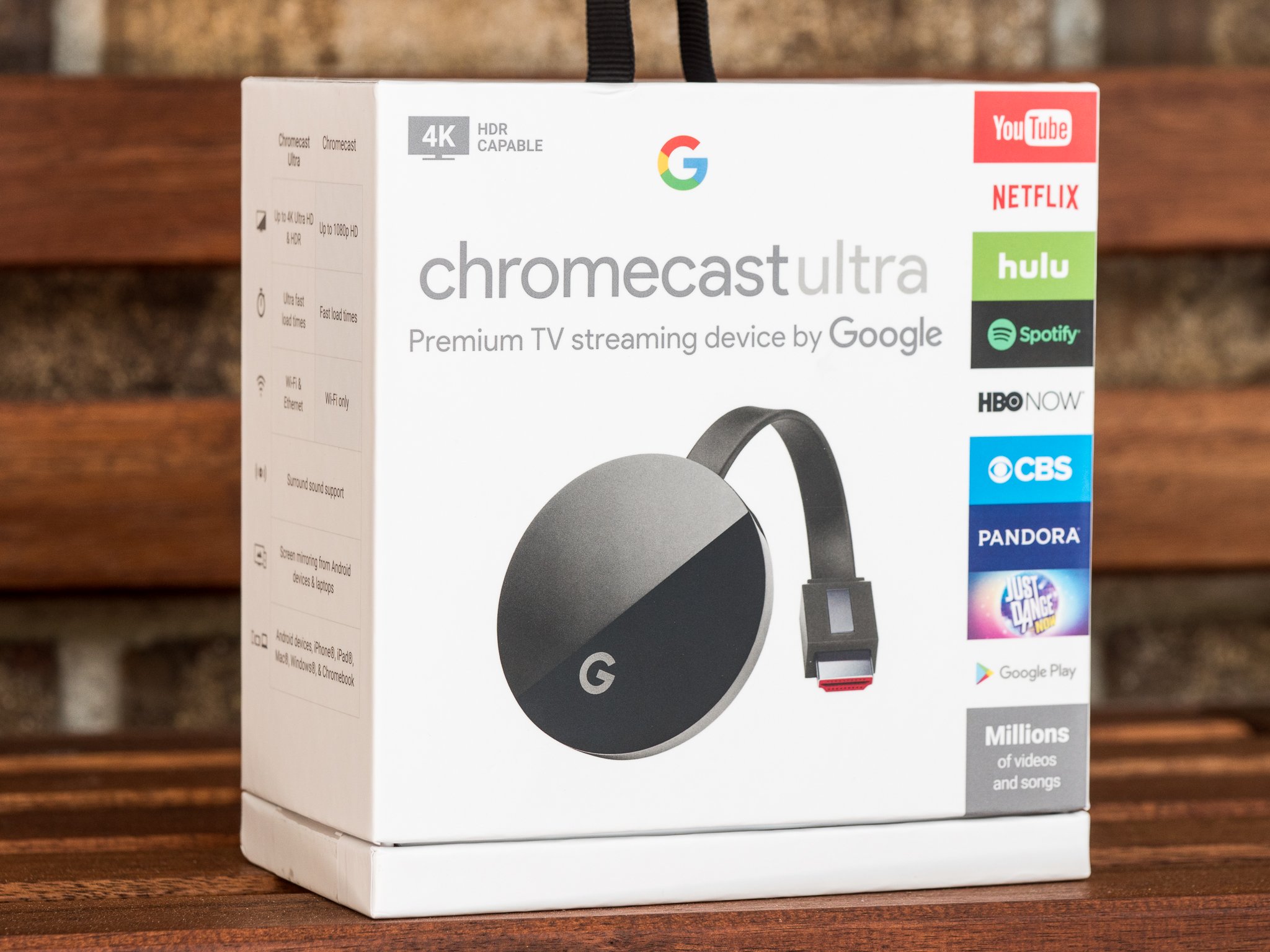
Gaming on a Chromecast Ultra with Stadia
On March 19, 2019, Google announced Stadia — a cloud-based gaming system that essentially takes console-quality games and streams them to a Chrome browser. And that also includes over Chromecast Ultra.
Stadia lives alongside not just gaming itself, but also the sport of watching gaming via YouTube. The idea is that you should be able to go from watching someone play a game on YouTube to playing the game yourself over Stadia in just a few seconds.
And new hardware isn't really required. If you have a Chromecast Ultra, which can stream traditional video in 4K, you're ready to make use of Stadia.
Where can you buy a Chromecast?
So where can you get one of these magical Chromecast devices? These fine places:
What's good about Chromecast?
Chromecast is ridiculously simple to use. You plug it into your TV. You do a few seconds of setup on your phone. And then you just look for the Chromecast logo in apps and on videos in web browsers. Tap that logo, and you're on your way.
For well less than $100, you've got a simple solution for streaming all sorts of things on a TV, all controlled by your phone or tablet.
What's not so good about Chromecast?
Ya know what? Controlling things from a phone or tablet isn't quite the same leanback experience you get from a proper television remote control. So if you're the sort who prefers channel surfing, this might not be for you. And there also are occasional connection hiccups.
And to repeat: You'll need a Chromecast (or Cast-capable device like Android TV or an otherwise supported display or speaker) to use Chromecast. It doesn't work with Apple TV.)
